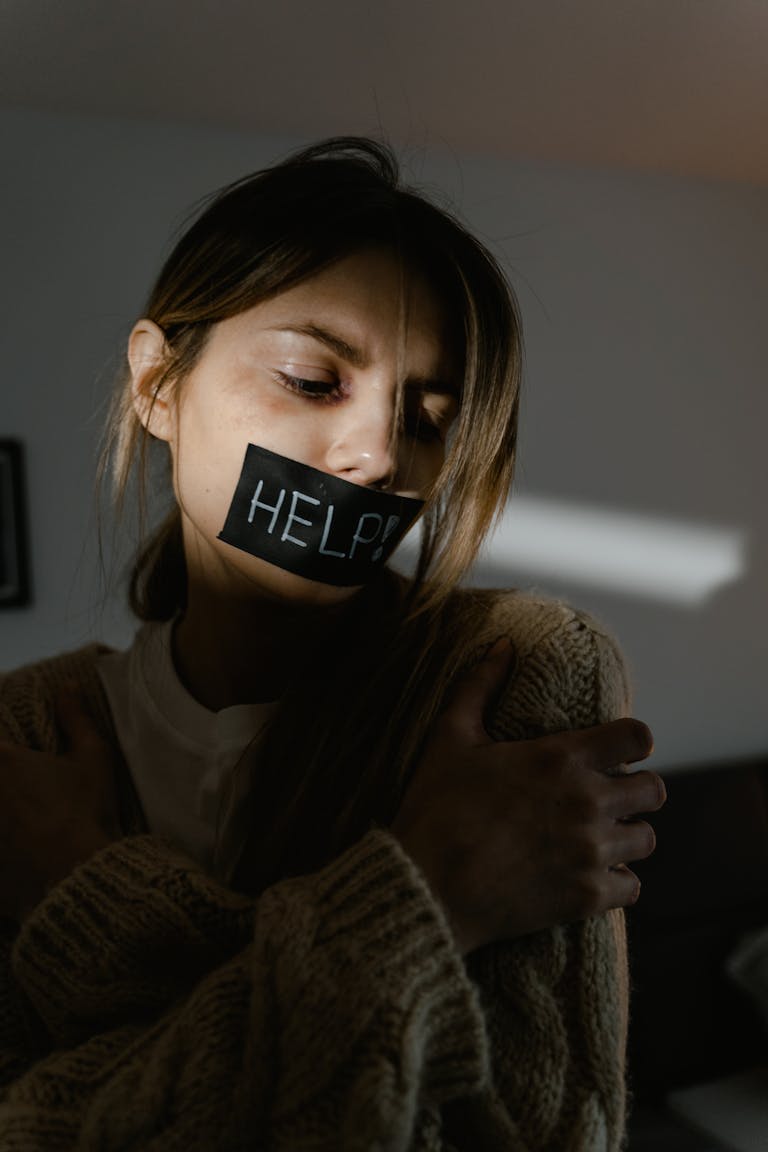The Truth About Teen Girls and Mental Health in 2025
Today’s teens are dealing with a lot. Social media, pressure to succeed in school, and worries at home can all add up. Many teen girls feel overwhelmed, anxious, or sad—and these feelings aren’t just “phases.” More and more young girls are struggling with their mental health, and the problem keeps growing.
Fact: Teen girls are now more likely to experience depression than any other group their age. These numbers started rising around 2012 and haven’t gone down since.
The Pressure to Be Perfect
Faith is deeply important in the lives of many people of color. Teen girls face a lot of expectations. They’re told to look a certain way, act a certain way, and succeed in school. All this can create stress and make girls feel like they’re never enough. Without support, these feelings can lead to anxiety, sadness, or even harmful thoughts.
Fact:
Since 2010, anxiety and depression in teens have doubled. Girls are affected the most.


Social Media Makes It Worse
ChLet’s face it—most teens spend hours a day on their phones. But what they see online can hurt how they feel about themselves. When girls scroll through pictures and compare their lives to others, they can start to feel like they don’t measure up.
Fact:
Girls who spend more time on social media are more likely to report symptoms of depression than boys.
Younger Phone Use, Bigger Mental Health Struggles
It’s not just how much time girls spend on screens—it’s how early they start. Studies show that the younger a child gets a smartphone, the more likely they are to have mental health issues later on. This is especially true for girls.
Fact:
Girls who got a smartphone at age 6 showed the highest levels of distress. These levels dropped the later they got their first phone.
Not All Teens Have the Same Support
Not every family has the same resources. Teen girls from low-income households may face extra stress, like food insecurity or unsafe neighborhoods. At the same time, they often don’t have access to therapy or support.
Fact:
Teens from lower-income homes report more depression symptoms than those from higher-income homes.
Teach healthy coping skills, like journaling, mindfulness, or talking to a trusted adult

Suicide Rates Are Rising
The most serious sign that we need to pay attention? More young girls are thinking about or attempting suicide. This is not just scary—it’s a crisis that we must respond to.
Fact:
Suicide rates for girls aged 10–14 have risen by more than 160% since 2010.
What Can We Do About It?
Here are a few steps that parents, schools, and communities can take to support teen girls’ mental health:
- Delay smartphones until teens are old enough to manage them in healthy ways
- Talk openly about feelings and mental health
- Encourage screen breaks and in-person activities
- Teach healthy coping skills, like journaling, mindfulness, or talking to a trusted adult
- Improve access to mental health care, especially in schools and low-income areas
- Check in often—sometimes just asking “How are you really doing?” can open the door to help
- Model healthy behavior around stress, sleep, and technology
No one expects parents or teachers to fix everything, but small actions can truly make a big difference.












